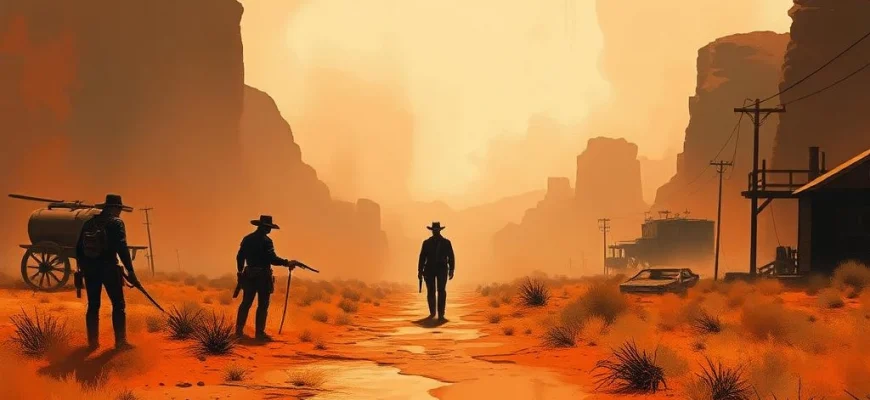If you loved the gritty, unconventional Western 'The Missouri Breaks' (1976), you're in for a treat. This article explores 10 movies and shows that capture the same raw, unpredictable energy, blending elements of crime, revenge, and frontier lawlessness. Whether you're drawn to its eccentric characters, tense showdowns, or offbeat storytelling, these picks will satisfy your craving for more.
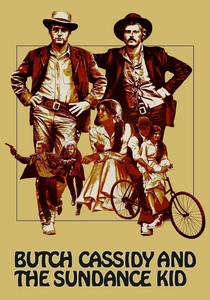
Butch Cassidy and the Sundance Kid (1969)
Description: A blend of humor and drama, this film follows charismatic outlaws on the run, capturing the spirit of the Old West while subverting traditional Western tropes.
Fact: The movie's iconic jump scene was filmed in Mexico, and the actors performed the stunt themselves. It won four Academy Awards, including Best Original Screenplay.
 Watch Now
Watch Now 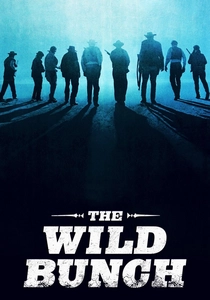
The Wild Bunch (1969)
Description: A gritty, violent Western that explores themes of aging outlaws and the end of the frontier era, featuring morally ambiguous characters and intense action sequences.
Fact: The film was controversial for its graphic violence, which was groundbreaking at the time. It was shot in Mexico, using many local extras and crew members.
 Watch Now
Watch Now 
The Ballad of Cable Hogue (1970)
Description: A humorous yet tragic Western about a man's struggle to survive and thrive in the desert, blending comedy with existential themes.
Fact: The film was a departure from the director's usual violent style, focusing more on character and humor. It was shot in the Nevada desert, with extreme weather conditions affecting production.
 Watch Now
Watch Now 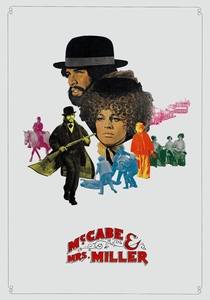
McCabe & Mrs. Miller (1971)
Description: A melancholic, anti-Western that focuses on flawed characters and the harsh realities of frontier life, with a strong emphasis on atmosphere and character development.
Fact: The film's soundtrack features songs by Leonard Cohen, which were written specifically for the movie. It was shot in sequence to maintain a naturalistic feel.
 Watch Now
Watch Now 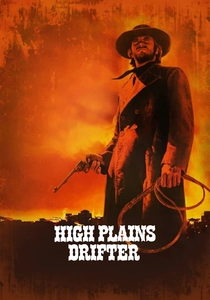
High Plains Drifter (1973)
Description: A surreal and dark Western that blends elements of horror and mystery, focusing on a mysterious stranger who brings justice to a corrupt town.
Fact: The entire town set was built specifically for the film and later burned down in the climax. The movie's ambiguous ending has sparked much debate among fans.
 Watch Now
Watch Now 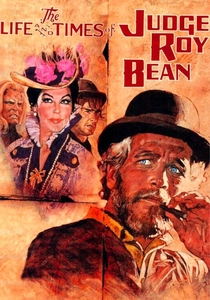
The Life and Times of Judge Roy Bean (1972)
Description: A quirky, darkly comedic take on the Western genre, blending myth and reality in the story of a self-appointed frontier judge.
Fact: The film was inspired by the real-life figure of Judge Roy Bean but takes many liberties with history. It features a cameo by Ava Gardner as the legendary Lillie Langtry.
 Watch Now
Watch Now 
Pat Garrett & Billy the Kid (1973)
Description: A somber, lyrical Western that explores friendship, betrayal, and the inevitable decline of the outlaw way of life, with a strong focus on character dynamics.
Fact: The film's production was notoriously troubled, with heavy editing and disputes between the director and studio. It features a memorable soundtrack by Bob Dylan, who also appears in the movie.
 Watch Now
Watch Now 
The Outlaw Josey Wales (1976)
Description: A tale of revenge and redemption set in the post-Civil War West, featuring a lone protagonist who grapples with violence and his own moral code.
Fact: The film was initially criticized for its violence but later gained acclaim for its complex portrayal of its protagonist. It was based on a novel by Forrest Carter.
 Watch Now
Watch Now 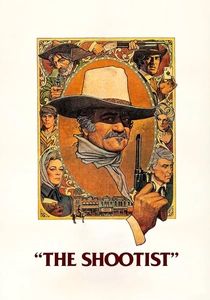
The Shootist (1976)
Description: A poignant story about an aging gunslinger facing his mortality, blending action with deep introspection about legacy and the passage of time.
Fact: This was John Wayne's final film role, and he was already battling cancer during production. The movie's saloon set was reused from another famous Western.
 Watch Now
Watch Now 
The Long Riders (1980)
Description: A visually striking Western that delves into the lives of the James-Younger gang, emphasizing brotherhood and the consequences of a life of crime.
Fact: The film features real-life brothers playing the outlaw brothers (e.g., the Keaches, Carradines, and Quaids). It used slow-motion photography for its violent scenes, a technique popularized by Sam Peckinpah.
 Watch Now
Watch Now 
